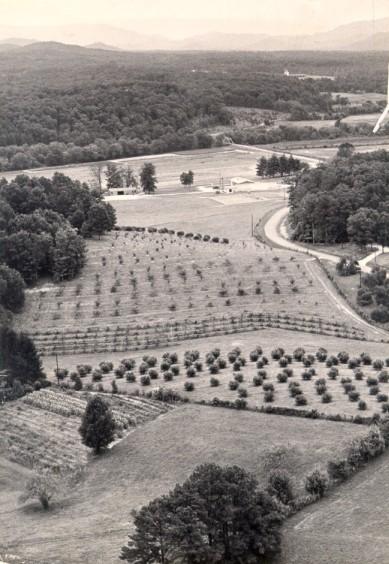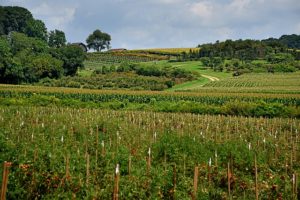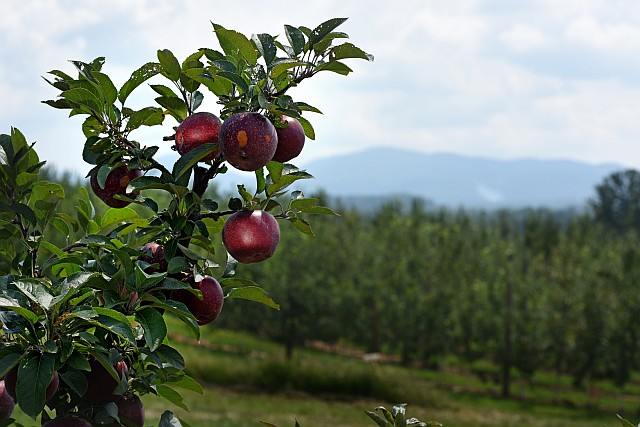About MHCREC
go.ncsu.edu/readext?461496
en Español / em Português
El inglés es el idioma de control de esta página. En la medida en que haya algún conflicto entre la traducción al inglés y la traducción, el inglés prevalece.
Al hacer clic en el enlace de traducción se activa un servicio de traducción gratuito para convertir la página al español. Al igual que con cualquier traducción por Internet, la conversión no es sensible al contexto y puede que no traduzca el texto en su significado original. NC State Extension no garantiza la exactitud del texto traducido. Por favor, tenga en cuenta que algunas aplicaciones y/o servicios pueden no funcionar como se espera cuando se traducen.
Português
Inglês é o idioma de controle desta página. Na medida que haja algum conflito entre o texto original em Inglês e a tradução, o Inglês prevalece.
Ao clicar no link de tradução, um serviço gratuito de tradução será ativado para converter a página para o Português. Como em qualquer tradução pela internet, a conversão não é sensivel ao contexto e pode não ocorrer a tradução para o significado orginal. O serviço de Extensão da Carolina do Norte (NC State Extension) não garante a exatidão do texto traduzido. Por favor, observe que algumas funções ou serviços podem não funcionar como esperado após a tradução.
English
English is the controlling language of this page. To the extent there is any conflict between the English text and the translation, English controls.
Clicking on the translation link activates a free translation service to convert the page to Spanish. As with any Internet translation, the conversion is not context-sensitive and may not translate the text to its original meaning. NC State Extension does not guarantee the accuracy of the translated text. Please note that some applications and/or services may not function as expected when translated.
Collapse ▲North Carolina State University has maintained a high level of visibility in western North Carolina for over a century. In 1905, a tract of land, located twelve miles west of Hendersonville, NC was purchased for horticultural research. Throughout the early 1900s, branch stations were located in western NC, although records are lost for much of the period.

Around 1949, what is now known as the Mountain Horticultural Crops Research Station was started on leased land in the Mills River valley in Henderson County. A permanent station was established in 1959 at its current location to serve the developing horticulture industry in the mountain sections of NC. The first NC State University departmental research faculty, consisting of an entomologist, a soil scientist, a plant pathologist, a horticulturist and a pomologist, were assigned to the station.
In 1985 the State Legislature appropriated funding to establish the Mountain Horticultural Crops Research and Extension Center to be built on the MHCRS property. Construction on the 23,500 sq. ft. facility, comprised of 6 laboratories, office space and a 200 seat auditorium, was completed in 1987.
The Center now encompasses the research station operations and has grown to 397 acres. The Center is home to research and extension faculty and staff from several academic departments in the College of Agriculture and Life Sciences, and the College of Natural Resources. In addition there are District administrative offices for N.C. Cooperative Extension housed at the Center, as well as the Mountain Satellite Office of the Science House.

The growth and development of the Center is based on the success of its faculty and staff as leaders in laboratory, greenhouse and field studies vitally important to western North Carolina’s agricultural economy. Located in the Southern Appalachians in the French Broad River basin at a base elevation of 2,069 feet, MHCREC has a varied topography and climate conducive to crop research and evaluation of cultural practices of the region.
Core elements of the research program at the Center are tomatoes, apples and ornamental landscape crops. Additional research efforts include vegetables, peaches, biofuel crops, corn, soybeans as well as various specialty and alternative crops.



